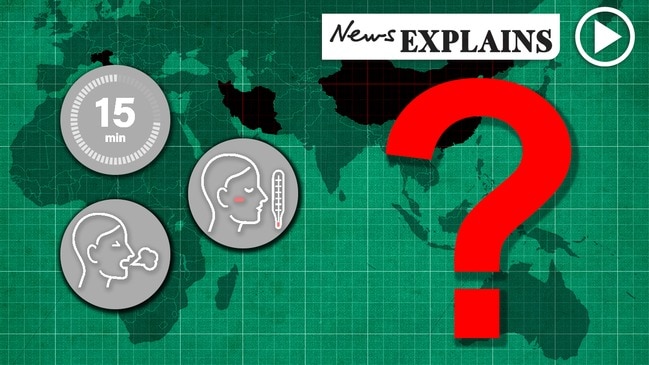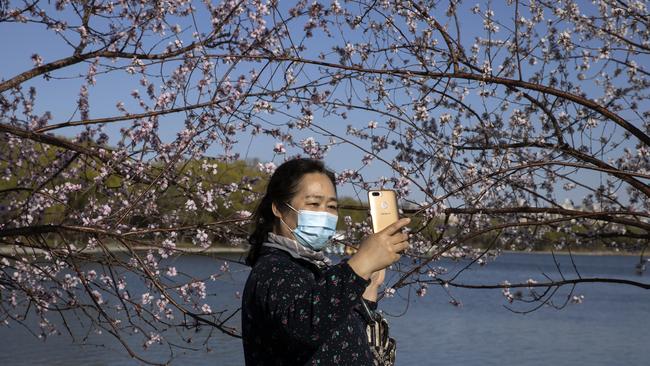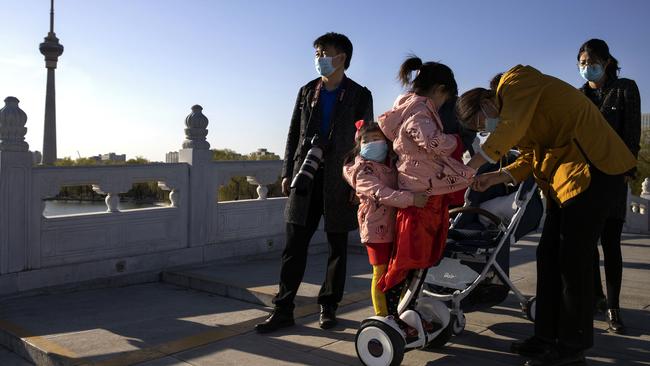Life in Shanghai six weeks on from the coronavirus lockdown
The sounds of the city have been missing for almost two months amid our coronavirus isolation. But slowly, Shanghai is beginning to come back to life, and offer hope with it, writes Paul Lepetit.

Rendezview
Don't miss out on the headlines from Rendezview. Followed categories will be added to My News.
In Shanghai, there is light at the end of the coronavirus tunnel, though we hope this is not the headlight of an express train speeding towards us.
The sounds of the city have been missing for more than six weeks. A city of 26 million people makes a lot of noise, day and night. That becomes part of our background, the steady hum of traffic, occasional sirens, the vendors on bikes broadcasting their dumplings or knife sharpening skills.
But since the middle of January it has been quiet. The streets have been empty, with just a few of the e-bike riding delivery guys keeping the city delivered and fed. Neighbourhood restrictions have meant that these guys, in their distinctive uniforms, haven’t been able to deliver to your door as usual – instead, there has been a designated drop off point in the lobby of each apartment complex so residents never have to get close to outsiders.
The shopping malls were closed, cinemas and gyms as well. If you wanted to find a crowd, there were crowds at the city’s hospitals, but they were being kept in order and in line by nurses and porters in biohazard gear.
For three weeks the western-style bars in Jing’an, the district I live in, were closed. They reopened recently, but many of the former patrons have already returned to Europe, the UK or the US, heeding their governments’ warnings to come home while they still can.

My Chinese friends largely stayed at home. Television and the internet were winners. In China the free to air television channels include a dedicated channel for each school year so children could keep up their studies by watching their class channel every day.
After a gruelling period of loss and sadness in the depth of winter, China’s battle with the virus has turned the corner. The noise of the city is back. The roads are almost busy again and the building sites are back in operation. Restaurants are opening up, and shops are running at their normal hours, or close to it. Factories are steadily getting back to normal, around 60 per cent are back to full production.
Inter province trucking has restarted and the ports are open. China is ready to resume producing the world’s goods. The problems will be on the receiving end, as the rest of the world begins to shut down.
My Chinese friends accepted the lockdown with good grace. Everyone understood that the restrictions were vital to slow the spread of the disease, that the rules were reasonable, if harsh and uncomfortable for a time.

For some it was difficult and there are still many thousands yet to return to Shanghai. Some are waiting for their home regions to let them travel, and some are not quite feeling safe enough to venture out and risk the crowds in trains and planes, not to mention the interminable checking procedures in airports and train stations.
Everyone is still wearing masks, you would feel naked without one. We have gotten used to having our temperatures taken at every shop and bar (where you also have provide your address and phone number), and being constantly disinfected. For some over-the-counter medicines you have to show your passport, visa and be photographed.
But Spring is in the air, and there is everywhere a feeling of spirits lifting, if not actually soaring yet.
We know we are not yet out of the woods, and the new threat is incoming cases.
Strict isolation measures are imposed on all arrivals, and it may take a passenger six hours to complete all airport checking procedures. But for the general population, life is starting to resemble the time Before Virus.
On Monday, I saw an article in an online Shanghai magazine listing the best places to celebrate St Pat’s day – surely a cheering sign.
Paul Le Petit is a former journalist for The Daily Telegraph living in China.
